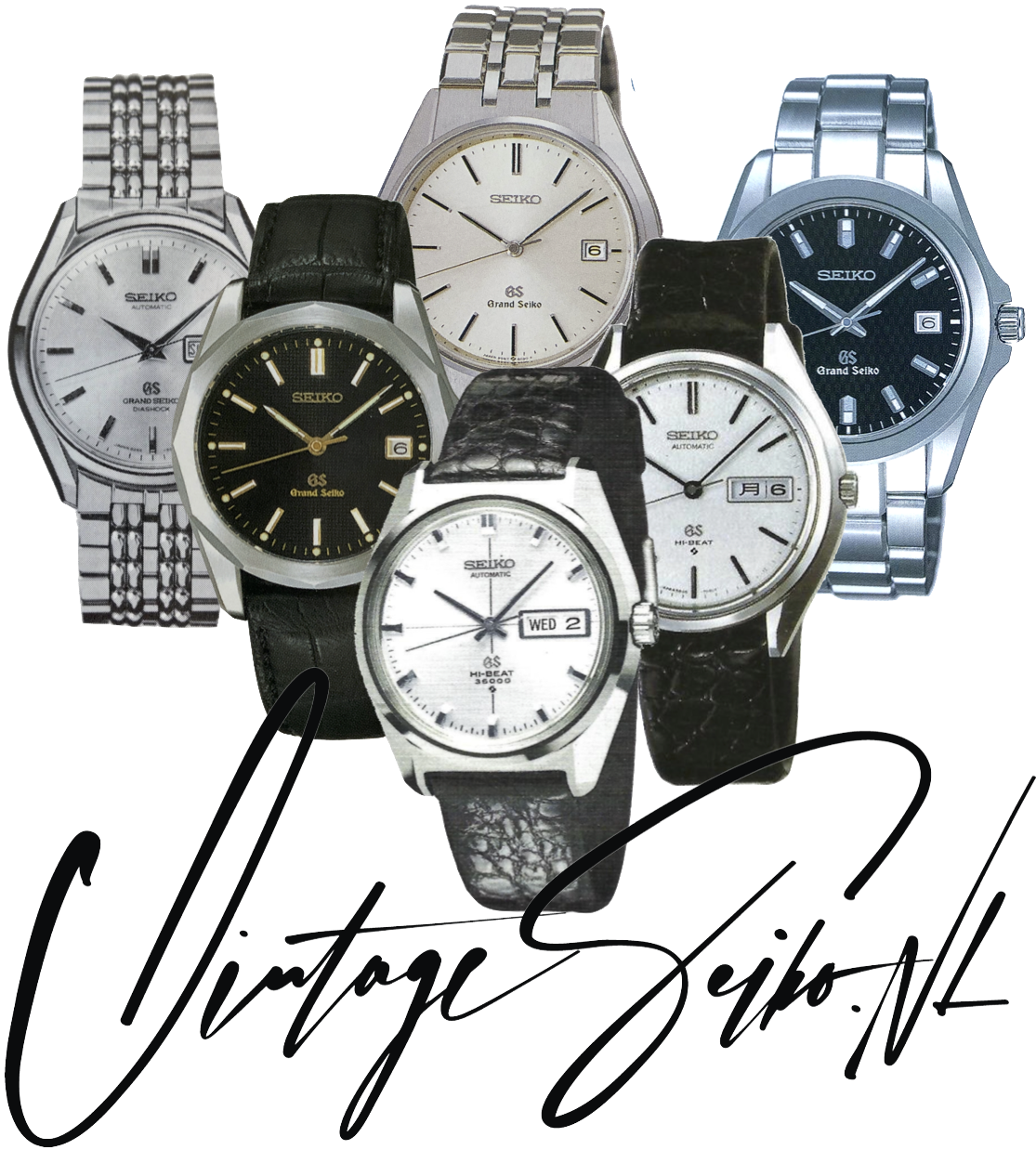The King Seiko Vanac was manufactured between 1972 and 1976 only, in a number of variations, but all sporting colorful dials, facetted hardlex crystals and angular cases. Both Seiko production plants contributed, Suwa with the standard KS 5626 caliber and Daini with the 5246 and 5256 calibers that exist in some normal KS but are most common as Vanacs.
A Vanac is basically, well exceptionally, a King Seiko with extras: faceted glass, a gold bezel, a high quality bracelet - no folded metal links here - and sometimes drilled lugholes. Of course the dial work can be astonishing too. The ice blue Vanac JDM (Japanese Domestic Model) in the photo below for instance is in good condition, and this is worth mentioning because Vanacs were never safe queens like the Grand Seikos that were gifted at 25th anniversary related events.
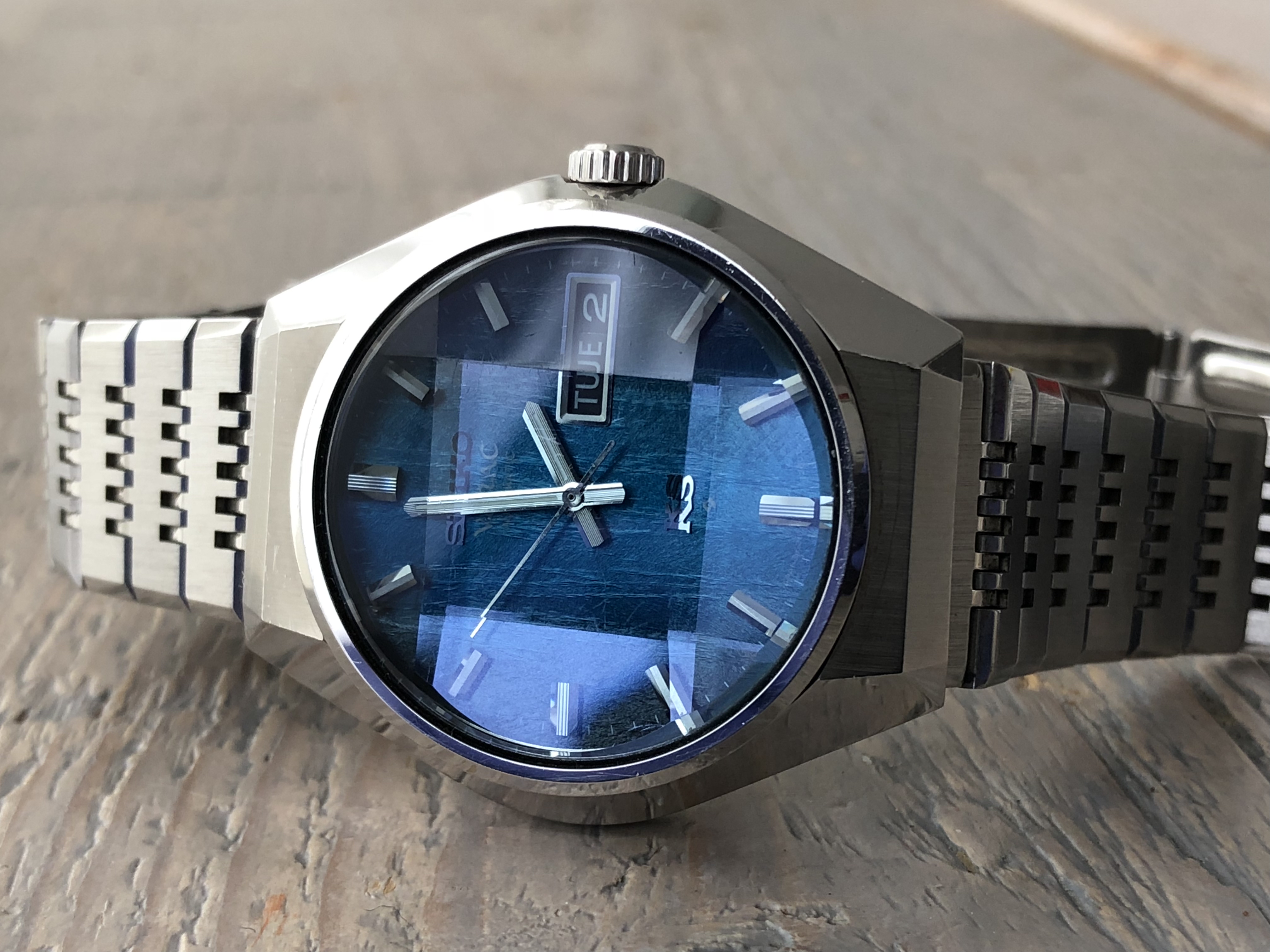
The King Seiko was second only to the Grand Seiko during the 1960’s and 70’s. That, I am happy to state, is very apparent, for after 42 years of service a King can run as new to specifications (as most in my collection do). Only one other watch surpasses this performance, and it is a Seiko of course. Some of the models, but not this one, feature an unique external adjusting screw so that the movement can be adjusted with out removing the movement from the case. That would be the 5626-7000/7010 featured below.
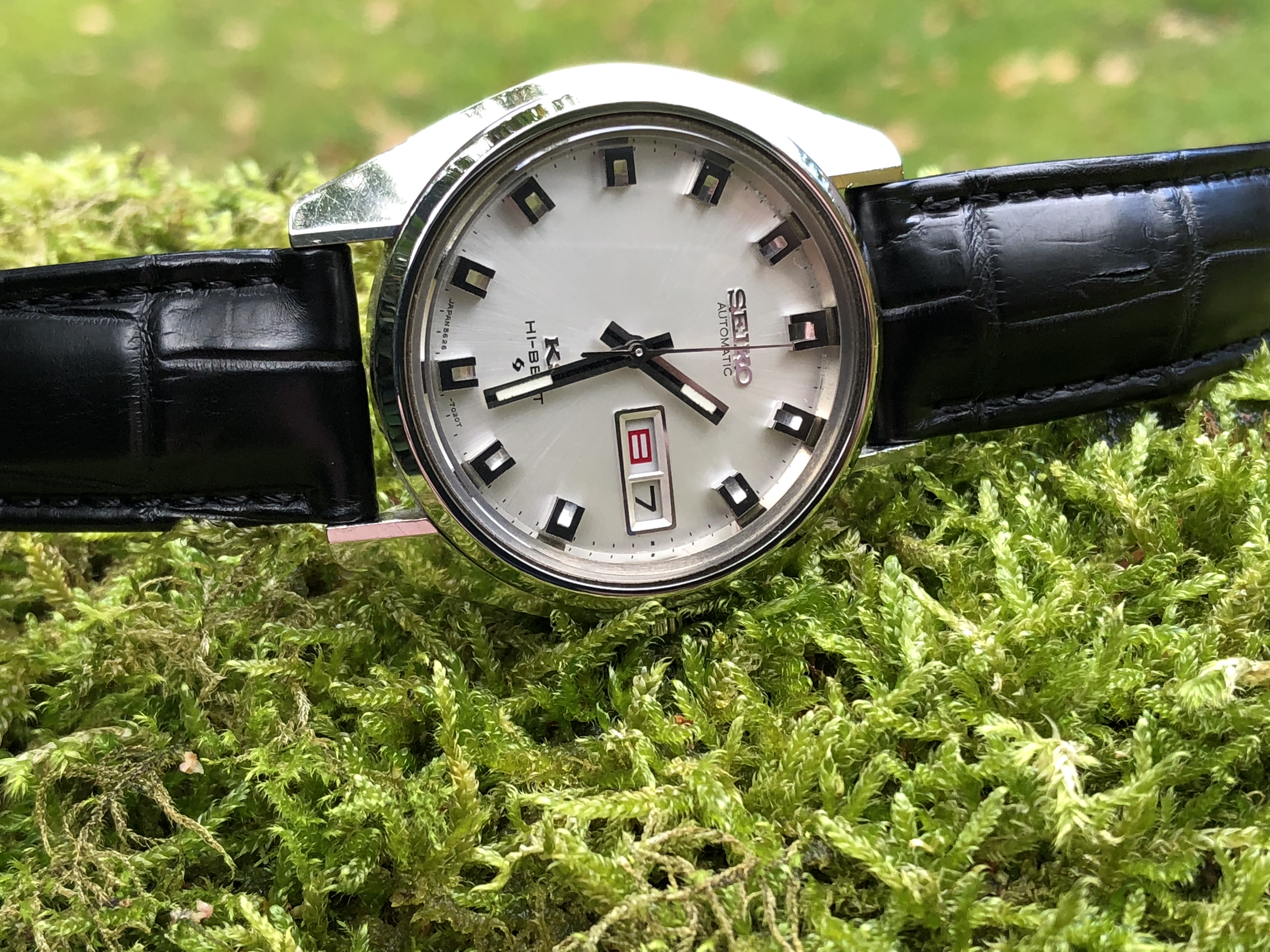
As one may notice in due course, Vanacs are high quality watches with a lot of effort put into the bracelets, while the "regular" King is a bit left behind on that score. Other details such as cases, hands and dials are really 70's GS quality. The size is usually typically vintage at 36-38mm, but most do not wear small due to the Tanaka designed zaratsu and katana like cases (more on that later). The Vanac fortunately is not uncommon, it must have been very popular with the up and coming baby boom generation at the time in which it was produced - for four years only!
The two King Seiko calibers mentioned above were about equally used in these rebellious “Vanac” models - the 52xx ones even designated as “Special”. Most of the other King Seiko models used the 56xx stream.
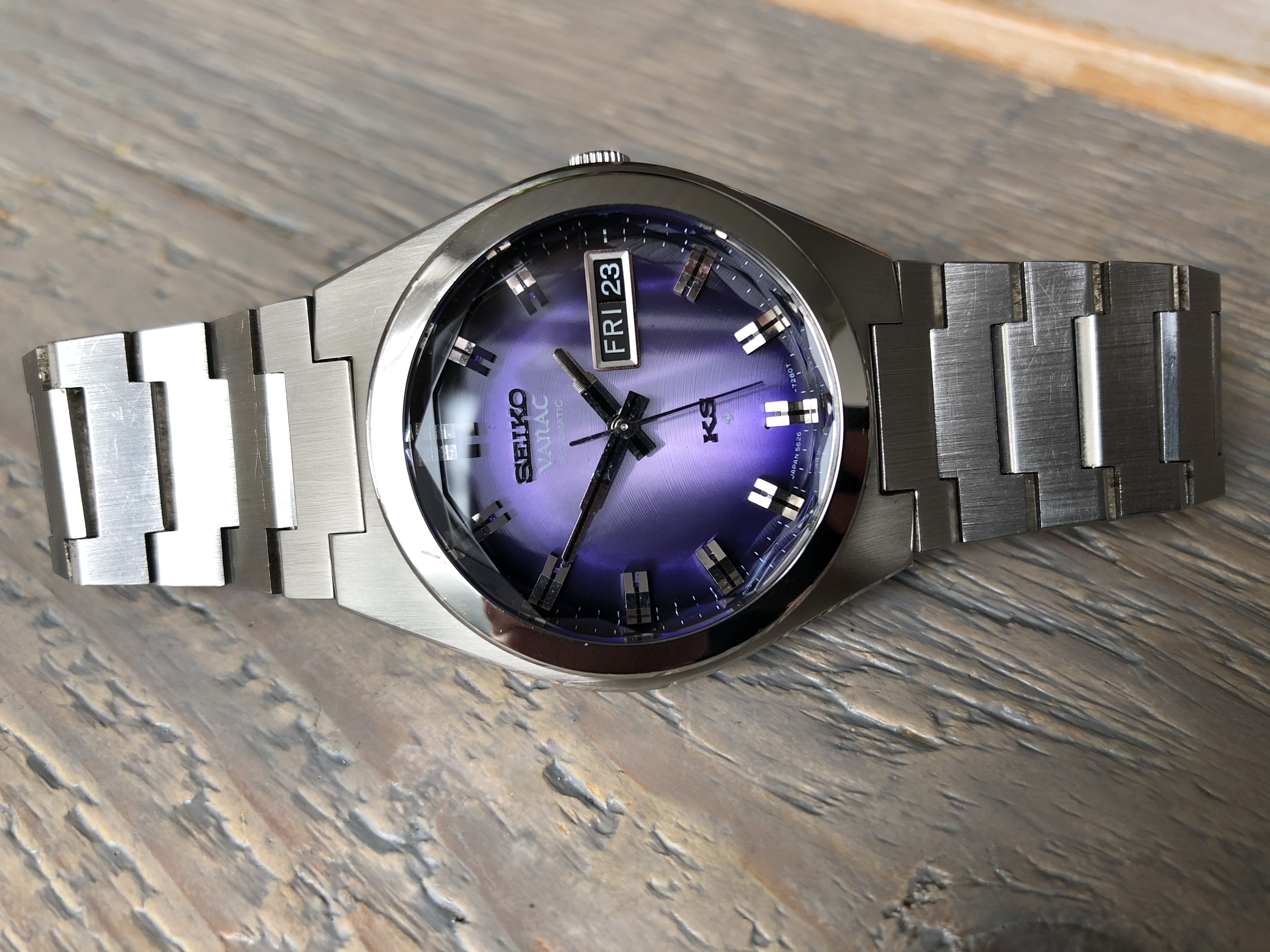
The only even vaguely classically-styled KS models to use the 52xx calibre were the special chronometers 5246-6000, 5246-6010 and the 5246-7000. Daini also produced the “mere” specials 5256-8000 and 5256-8010 and the regular 5246-6020 KS. Finally the Daini division, known for its design escapades, spawned some distinctly “unclassical” yet non-Vanac designs with snap-back cases: the oval-cased 5246-5000 and the rectangular 5246-5010 and 5246-5030 models.
Design wise these King Seikos were cutting edge, quite literally so, for at some time in the sixties Seiko had launched a bombshell into the watch world - Taro Tanaka, Seiko’s first hired graduate of a College Design Program, came up with the design rules that eventually came to be known as the “Grammar of Design” at Seiko. He wanted Grand Seiko and King Seiko watches to sparkle brilliantly when on display and without any distortions. It is a simple premise but with a truly brilliant execution.
The rules were simplicity itself:
1. Perfectly flat surfaces and angles for cases, dials, hands, indexes
2. Two dimensional curves for any surface
3. All distortion should be eliminated from the dial, hands, indexes and case, the finishing of the dial and case should be a mirror finish so it shines and sparkles
4. No more round cases
Only Grand and King Seiko watches benefited (initially) from this design as the new case design required very expensive and labour intensive polishing and finishing. Those looking for the most valuable GS watch should look no further than 44GS. This is the model most remembered when talking about the Grand Seiko line. The watch’s design is even called the “Grand Seiko Style”.
Those looking for the most valuable King Seiko should look for a mid to late sixties Daini or Suwa release like the King Seiko 5626-7000. Case and dial design sparkling from all angles.
In all its aspects Tanaka’s design is so iconic that all Seiko products that were released afterward emulated it in some way, down to the most lowly quartzes. Practically speaking a Tanaka designed Seiko is so breathtaking because its two dimensional curves can actually disappear in the third dimension! Just look at the way the "regular" King Seiko depicted above disappears into the moss below.
Back to the Vanac. As it belonged to the younger dynamic generation (!) it can be very hard to find in good condition, whereas a good King had a better chance of survival.
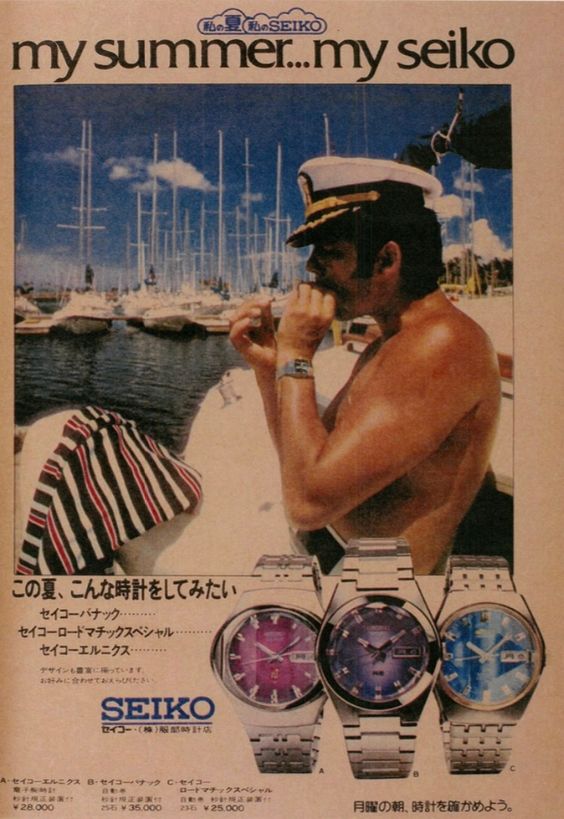


It is no wonder that the very tough facetted crystal of the Vanac is often damaged! It can be hard to find a replacement, and sadly there is also a fatal flaw within that these great kings have inherited from their common born ancestors, the Lord-Matic 56's.
You see, king Seikos, as they were elevated from the tried and tested Lord-Matic caliber 5606 (and others) never bothered to get rid of their achilles heel, the plastic quickset mechanism. This little adjuster cog is not really a wheel (hence the separation of the two word parts) but literally more of a little self-destructive square peg in a round hole. It will just break in time, or you had better be very careful quick setting it!
Fortunately, a talented watchmaker can reproduce this part in metal, and I would not claim this if such a man does not belong to my inner circle, as you might have surmised already.
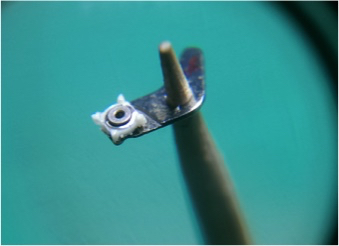
Collectors of vintage watches know that you need to prepare yourself to spend as much money servicing as you do acquiring them. They can be a veritable money pit, you might even have to resort to buying donor watches to restore one fine piece or -agony- owning two watches and having to choose which one to bring back to life. It is good then to know your watchmaker has your back, that he may even spot particular issues with the movement or esthetics that you have not experienced as yet – and repairs them as a matter of course. Get in touch with me if you need a referral!
So, much of what has been said about automatic King Seikos could also be said about automatic Grand Seikos (yes, there is a flaw there too.. separate feature article) and as mentioned some of the Lord-Matic (LM) models of the same period. The LM range used both the 560x and 520x movement streams - although lower grade lower beat versions, as in 5606.
Many Grand Seikos of the period used the 564x stream. The GS 564x movements were numbered 564x rather than 562x, indicating a higher quality and/or level of adjustment - leveling up if you will from 0 to 2 to 4. However, the accuracy it is possible to achieve from 562x KS movements suggests to me that if serviced and adjusted, they are effectively equal to the GS 564x. So in this sense, vintage automatic King Seikos may be the equivalent of Grand Seikos, and offer much more value for money, even more so because of the ongoing status of the Grand Seiko label - whereas the KS label is now purely historical.
